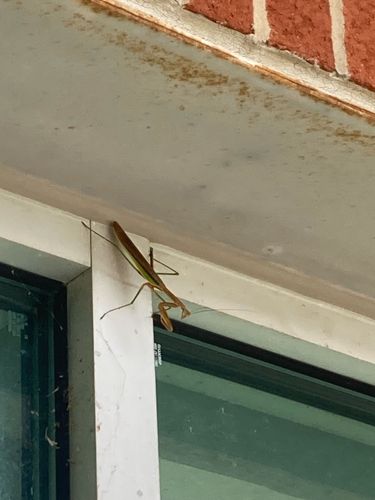Praying Mantis
Scientific Name: Mantis religiosa (for the European Mantis, a common species, though many species exist within the Mantodea order)
Order & Family: Order: Mantodea, Family: Mantidae (or various families within Mantodea, depending on species)
Size: Species vary, but generally from 2 to 6 inches (5 to 15 cm) in length. Some tropical species can be larger.

Natural Habitat
Praying mantises are found in various habitats, including gardens, meadows, forests, grasslands, and even urban areas where vegetation is present. They typically inhabit areas with ample foliage for camouflage and hunting opportunities.
Diet & Feeding
Strictly carnivorous. Their diet consists primarily of other insects, such as crickets, grasshoppers, flies, moths, and butterflies. Larger mantises may also prey on small vertebrates like lizards, frogs, small birds, or rodents.
Behavior Patterns
Mantises are predatory insects known for their distinctive raptorial front legs, which they hold in a prayer-like position. They are ambush predators, often remaining motionless and camouflaged, waiting for prey to come within striking distance. Their excellent eyesight helps them detect movement. Mating can be a dangerous affair for males, as the female sometimes cannibalizes the male during or after copulation.
Risks & Benefits
Praying mantises are generally harmless to humans; they do not sting or transmit diseases. They are considered highly beneficial insects in gardening and agriculture because they are natural predators of many garden pests, helping to control insect populations without the need for chemical pesticides. There are no significant risks associated with them.
Identified on: 8/21/2025